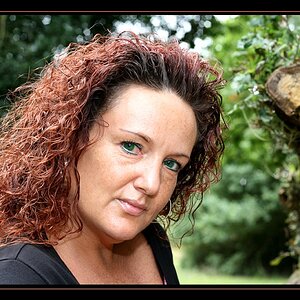lelavadee
TPF Noob!
- Joined
- Feb 7, 2014
- Messages
- 12
- Reaction score
- 0
- Location
- Bangkok
- Can others edit my Photos
- Photos NOT OK to edit
Hello everyone!
I've got a question. Lately I've been looking for the settings of some of my favorite pictures. Now something really confuses me. For example this picture:
wild roses.. | Flickr - Photo Sharing!
It's take with f2.5, and everything is sharp. Whenever I take pictures with f2.5 I get a really blurry background and some bokeh, but I would never have everything in the picture this sharp.
Can someone explain to me how this works?
Thank you!
I've got a question. Lately I've been looking for the settings of some of my favorite pictures. Now something really confuses me. For example this picture:
wild roses.. | Flickr - Photo Sharing!
It's take with f2.5, and everything is sharp. Whenever I take pictures with f2.5 I get a really blurry background and some bokeh, but I would never have everything in the picture this sharp.
Can someone explain to me how this works?
Thank you!












